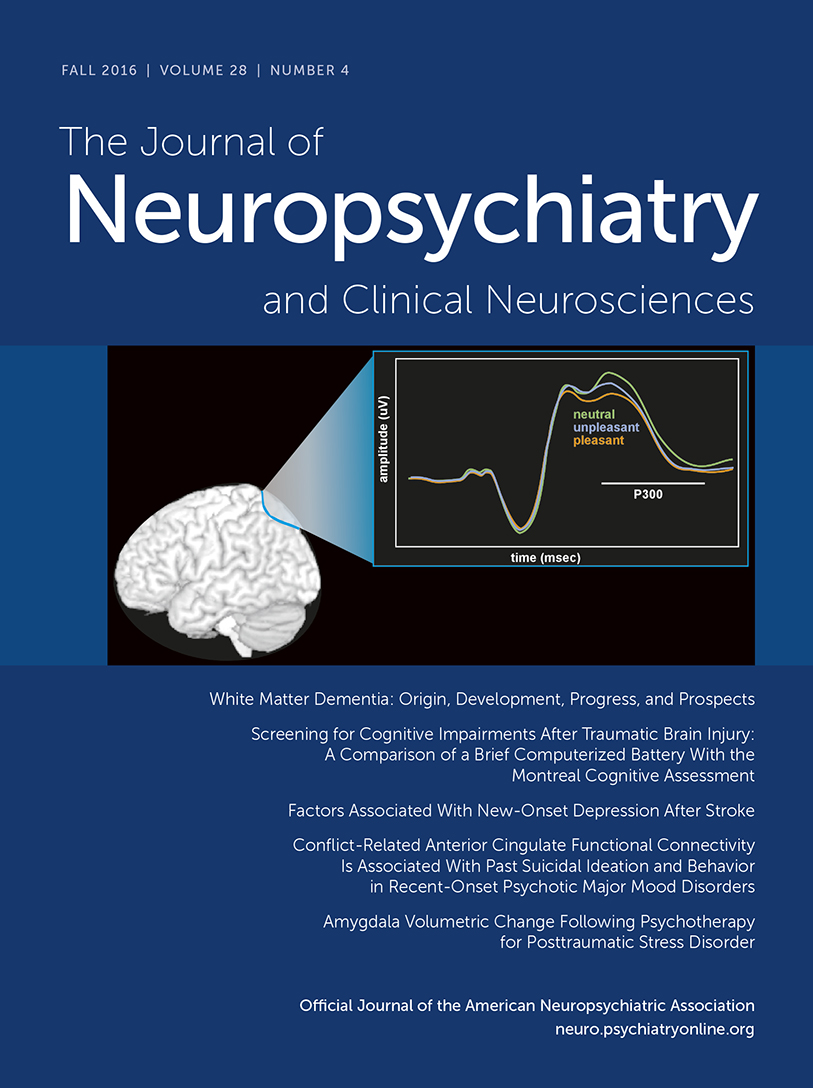White Matter Dementia: Origin, Development, Progress, and Prospects
Abstract
The term white matter dementia (WMD) was introduced in 1988 to highlight the role of white matter in the development of dementia. As the concept has been refined with new insights into the structure and function of normal and abnormal white matter, research has expanded to consider normal cognition, network connectivity, novel treatment ideas, and the etiopathogenesis of neurodegenerative dementia. Emerging data are also identifying new opportunities for dementia prevention by avoidance of acquired vascular and traumatic white matter insults. The idea of WMD promises to continue as a useful construct informing the study of dementia and the understanding of brain-behavior relationships.



